By me
All photos me too, copyrighted
As was the case (nearly) every year so far, the arrival of our continental summer has once again become the trigger for a sudden and rapid reawakening of the light aircraft scene at Lučko :). Even though the flying season itself had already started several months ago, the long hours of daylight, ample public holidays and fine flying conditions of June have given it a much-needed kick, with all operations – private, training and skydive – quickly shifting into high gear (while it all lasts). And while the gear in question is a notch lower than in previous years – with Croatia still knee-deep in the financial crisis – there was nevertheless still quite a bit to see and snap! 🙂
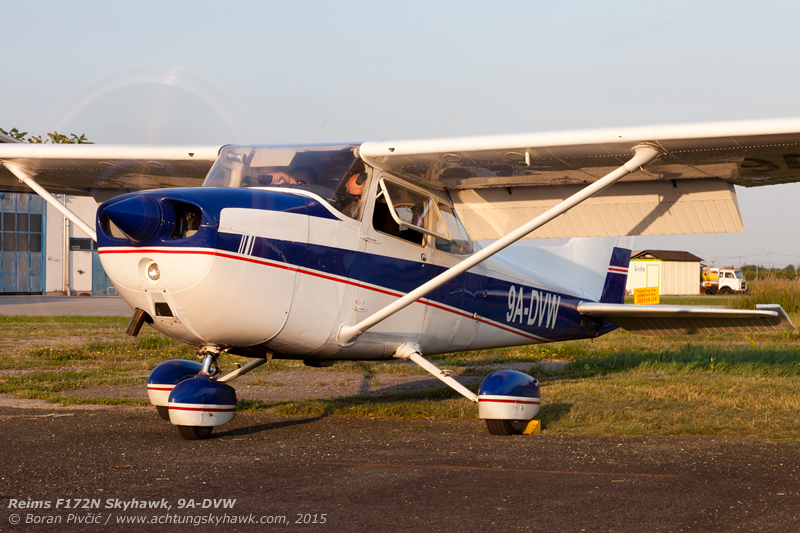
A little airplane that is not often seen at Lučko preparing for a short afternoon flight above Zagreb. Normally based at Varaždin Airfield (LDVA) in the north of the country, DVW is among the best “classic” 172s here on the continent, and has already seen off its fair share of student pilots…
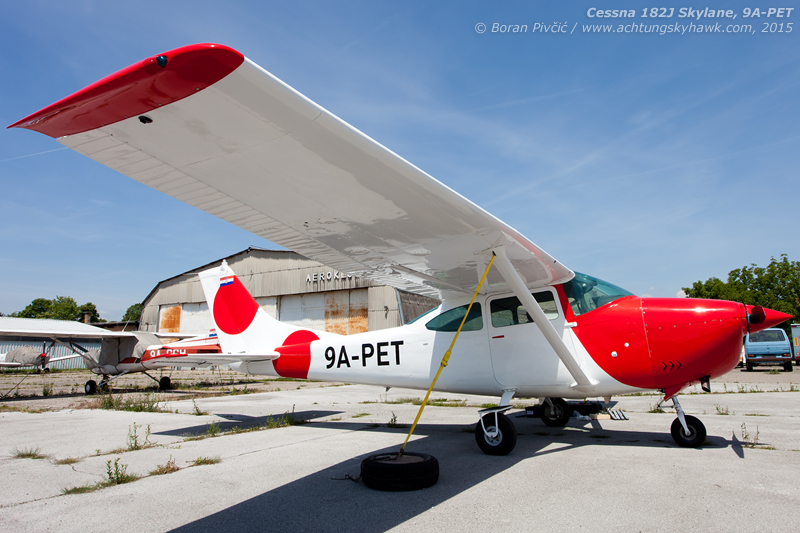
Sporting a new set of clothes, PET gives no indication whatsoever that it is almost half a century old. Still active in skydive circles, it had recently been thoroughly overhauled, and will soon get a purpose-built carbon-fiber skydive door on the right side.
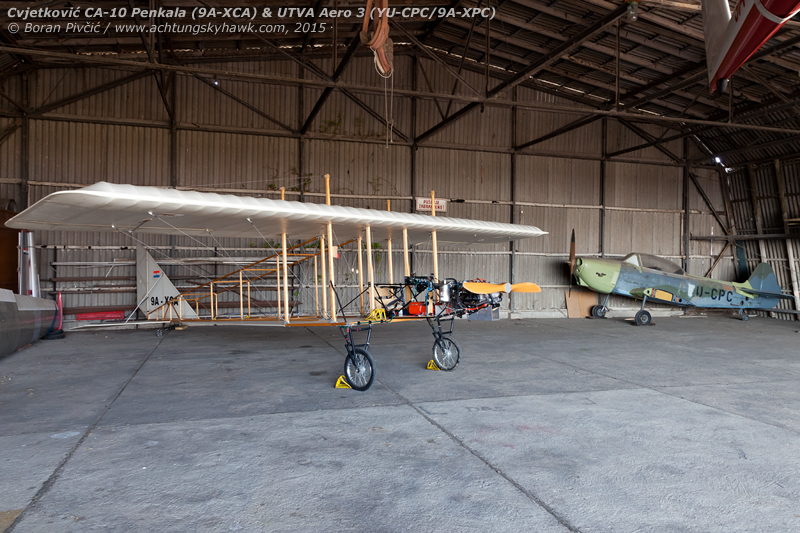
Several of the many bits of local aviation history hiding in plain sight all over the airfield: a replica of the first aircraft designed, built and flown in Croatia, alongside a type that had given wings to entire generations of local pilots – and both inside a hangar that had previously been home to Bf.109s and Fiat G.50s when it was located at Borongaj Airport in the 40s…

The “disintegrating squadron” catching some sun on its temporary parking position in front of the tower. Manufactured in 1967 and 1978 respectively, BDR and DDA had not been off the ground in ages, with the former last noted in the skies in 2003, and the latter sometime in 2006 or 2007…
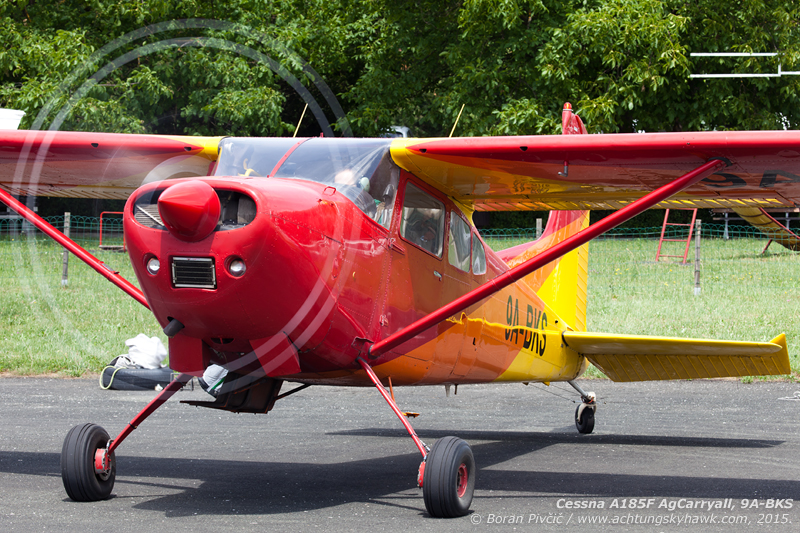
Always a welcome sight and sound, BKS is seen warming up for a skydive op in the nearby village of Kurilovec. Having to endure continuous operation at both high-power/low-speed and low-power/high-speed regimes, getting the engine’s internal temperatures into the green before flight is of vital importance – not only to preserve its stated service life, but also to prevent seizures and internal damage due to sudden temperature changes.
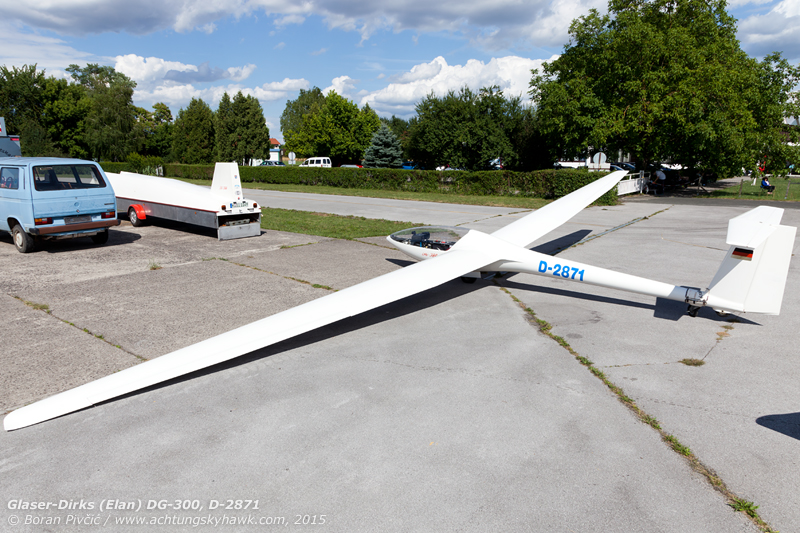
The newest resident of the airfield snapped after participation in a local precision landing championship. The only DG-300 in Croatia, 1985-vintage D-2871 is also one of the best-equipped gliders in the area, sporting two competition digital VSIs, a GPS unit – and even a FLARM system (a miniature ACAS designed specifically for use in gliders). Interestingly, despite being a German design, the DG-300 line was manufactured in Slovenia by the Elan works, famous locally for their extensive range of high-quality sporting equipment (particularly skis and sailboats).





































